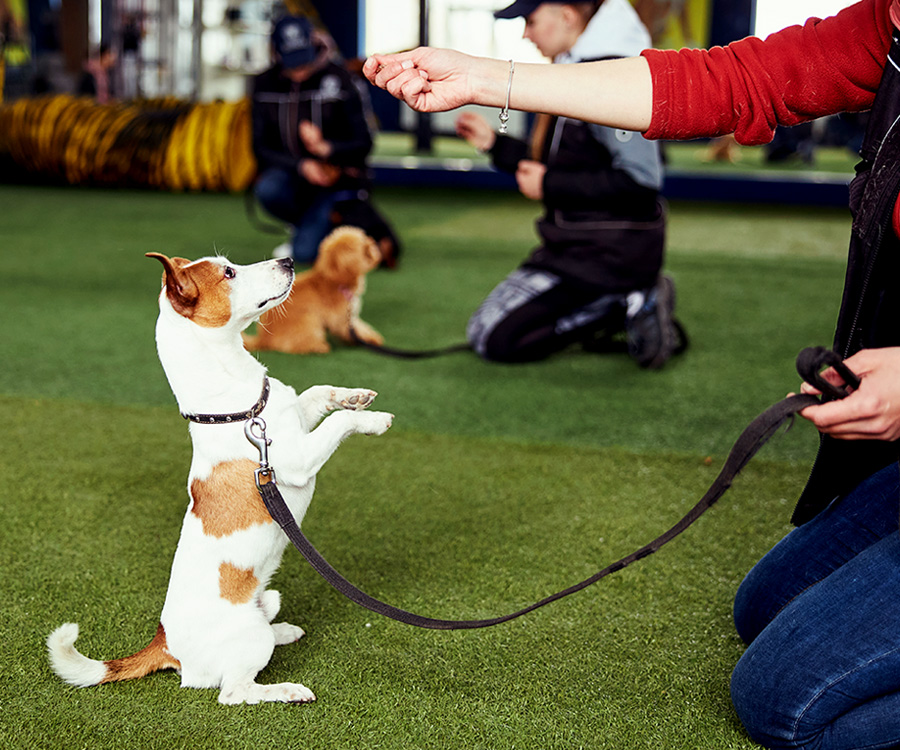Cao News Hub
Your daily source for trending news and informative articles.
Train Like a Pro: Doggy Do's and Don'ts
Unleash your dog's potential with expert training tips! Discover the essential do's and don'ts for a well-behaved pup.
Essential Commands Every Dog Should Know: Training Basics
Training your dog is an essential part of responsible pet ownership, and establishing a solid foundation with essential commands can make all the difference in your dog's behavior. Here are some key commands that every dog should learn:
- Sit: A fundamental command that helps to control your dog in various situations.
- Stay: This command keeps your dog in place, enhancing safety during outings.
- Come: A vital command for ensuring your dog returns to you when called, especially in potentially dangerous situations.
Consistency and positive reinforcement are crucial when teaching your pup these basic commands. Start training sessions in a quiet environment to minimize distractions, and use treats or praise to reward good behavior. Remember, patience is key, as learning takes time. By instilling these essential commands early on, you will foster a well-behaved and obedient companion, which will lead to a happier and more fulfilling relationship.

Common Training Mistakes: What Not to Do When Training Your Dog
Training your dog can be a rewarding experience, but it's essential to avoid common training mistakes that could hinder your progress. One major pitfall is inconsistency. If you use different commands or reward systems on different days, your dog may become confused about what is expected of them. A consistent approach helps establish clear communication and strengthens the bond between you and your furry friend.
Another mistake is being too harsh or punitive during the training process. Dogs are sensitive creatures, and excessive punishment can lead to fear and anxiety, making training less effective. Instead, focus on positive reinforcement, such as treats or praise, to encourage desired behaviors. Remember, patience and understanding are key elements for successful dog training!
How to Create a Positive Training Environment for Your Dog
Creating a positive training environment for your dog is essential for effective learning and behavioral development. Start by establishing a consistent training schedule that aligns with your dog's natural energy levels. Positive reinforcement, such as treats, praise, and playtime, should be utilized to encourage desired behaviors. Additionally, ensure that your training space is free from distractions, which will help your dog stay focused and engaged. Consider using a quiet room or outdoor area where your dog feels comfortable and safe.
During training sessions, remember to maintain an atmosphere of patience and encouragement. Dogs respond best to positive interactions, so be sure to celebrate small successes and avoid harsh corrections. Implementing a mix of training techniques, such as clicker training and reward-based methods, can further enhance your dog's learning experience. Lastly, make training enjoyable by incorporating fun games and varying exercises—this not only keeps your dog motivated but also strengthens the bond between you and your furry friend.